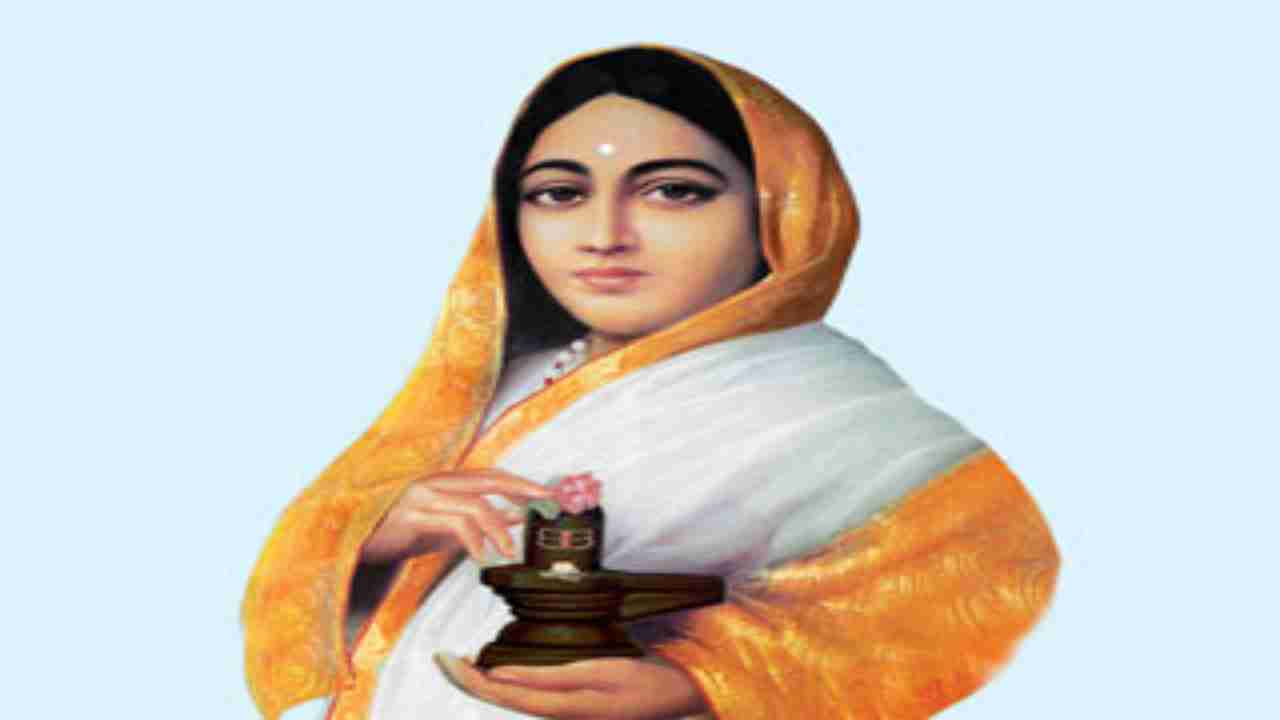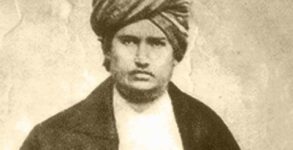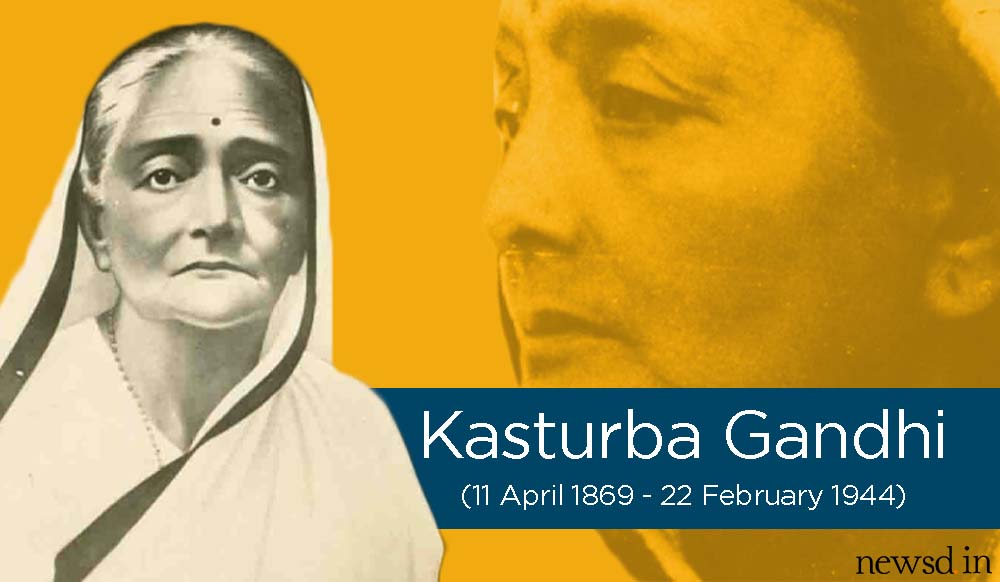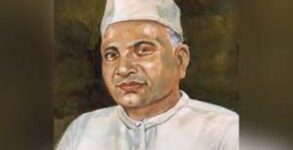Rajmata Ahilyabai Holkar was a strong woman and the queen of the Kingdom of Malwa in Indore. She is considered by many as one of the best warrior queens in Indian history. Ahilyabai Holkar’s magnificent and glorious rule ended when she passed away on August 13,1795. In memory and honour of her greatness, the Republic of India issued a commemorative stamp on 25 August 1996.
During her reign, the Maratha Malwa kingdom touched new heights of success and Ahilyabai Holkar is credited with the construction of several Hindu temples and dharma shala (public resthouse) across the country.
Early life:
Born on May 31, 1725, in the village of Chaundi (current day Ahmednagar), Maharashtra, Ahilyabai Holkar was well educated. When she was 8-yer-old, Holkar was spotted by Malhar Rao Holkar (Army Chief of Maratha Peshwa Balaji Baji Rao) and she was soon married to Malhar Rao’s son, Khanderao.
In 1745, Ahilyabai Holkar was blessed with a son, Male Rao but he died at a very young age of 19. In 1748, Ahilyabai Holkar broke societal norms by marrying her daughter to Yashwantrao – a poor but a brave man.
However, distress was quick to befall the young bride when her husband Khanderao was killed in the battle of Kumbher in 1754, leaving her a widow at only 29. When Ahilyabai was about to commit Sati, her father-in-law Malhar Rao refused to let it happen.
Maharani Ahilyabai Holkar:
Holkar took control of the Kingdom of Indore. As a ruler, she led a very simple life. Ahilyabai lived on the banks of Narmada River at a pilgrimage site known as ‘Maheshwar’. There were very few leaders who gave up on luxuries and followed such a simple lifestyle. Ahilyabai proved to be a great warrior. As a skilled archer, she even fought with Bhils (tribes of Rajasthan) and Gonds (tribes of central India).
In 1766, the kingdom was passed on to her son Maloji who turned out to be an unworthy and cruel ruler. She sentenced her only son to death by being crushed by an elephant as he was found guilty of a capital offense. Ahilyabai again took control of the state. Rani Ahilyabai moved her capital to Maheshwar which was famous for textiles, literature, music and art, sculptures, etc. She built the famous Ahilya Fort on the banks of Narmada River which was based upon the splendid 18th century Maratha architecture.
Devi Ahilyabai Holkar work:
It is said that Ahilyabai was a very good administrator and the city of Indore witnessed historic rise during her reign. She will also be remembered for building basic facilities like water tanks, roads, ghats, resthouses, etc. across India.
She employed forest tribes to be the protectors of traveling merchants; a job for which they were paid handsomely provided it was performed well. She spent wealth on projects such as the construction of roads, wells, Dharamshala (resthouses) and mandirs (temples). She even contributed to projects outside her dominion, particularly the restoration of ancient Hindu shrines that had been destroyed by Islamic invaders.
Two famous examples were the Vishnupad Mandir in Gaya and the Somnath Mandir in Gujarat. Every day she distributed food and clothes to the poor and holy men and women.
She would personally see any citizen who wished to complain, whether it was a poor peasant or a rich merchant. Her success in administration stands out in contrast with most other important Hindu rulers of the time who were involved in petty feuds, and were not discharging their duties fully.

















